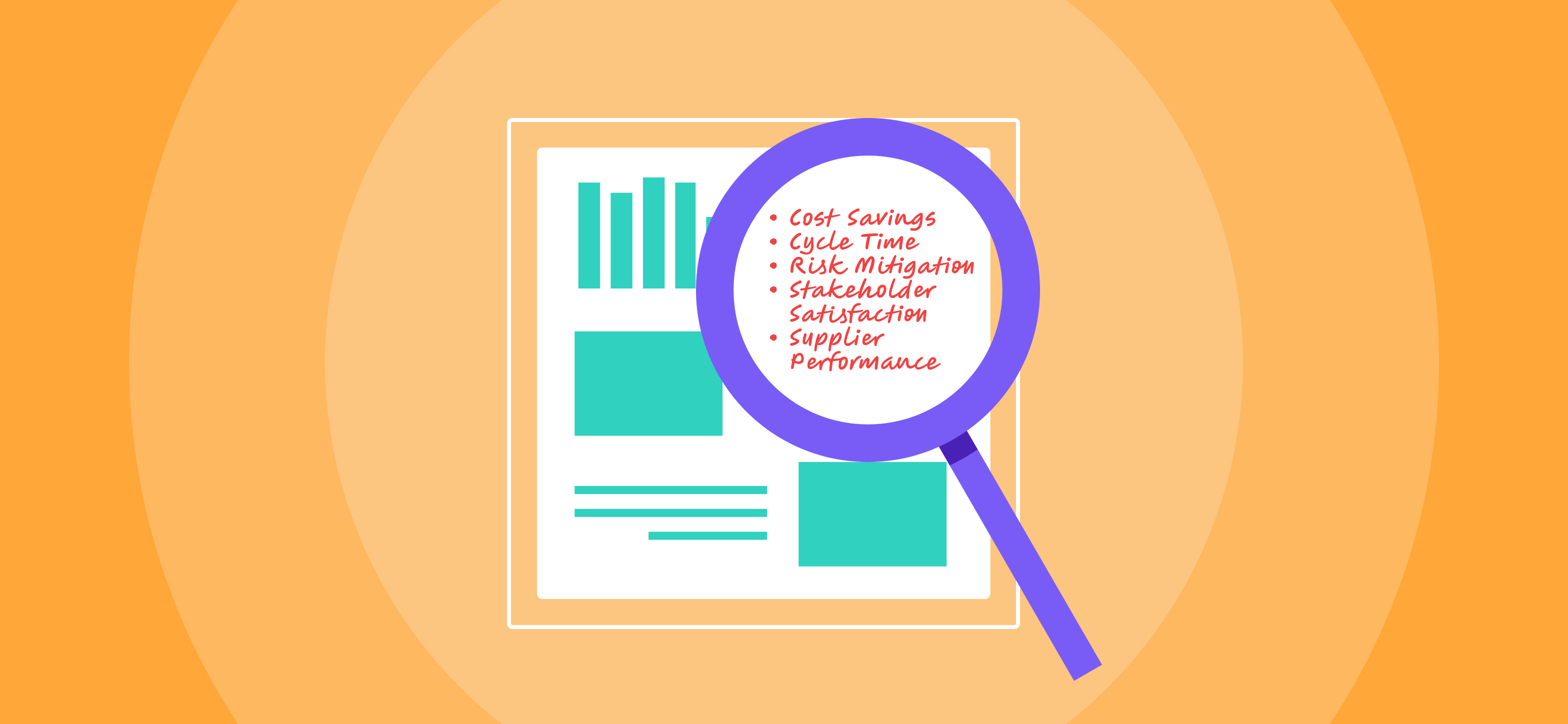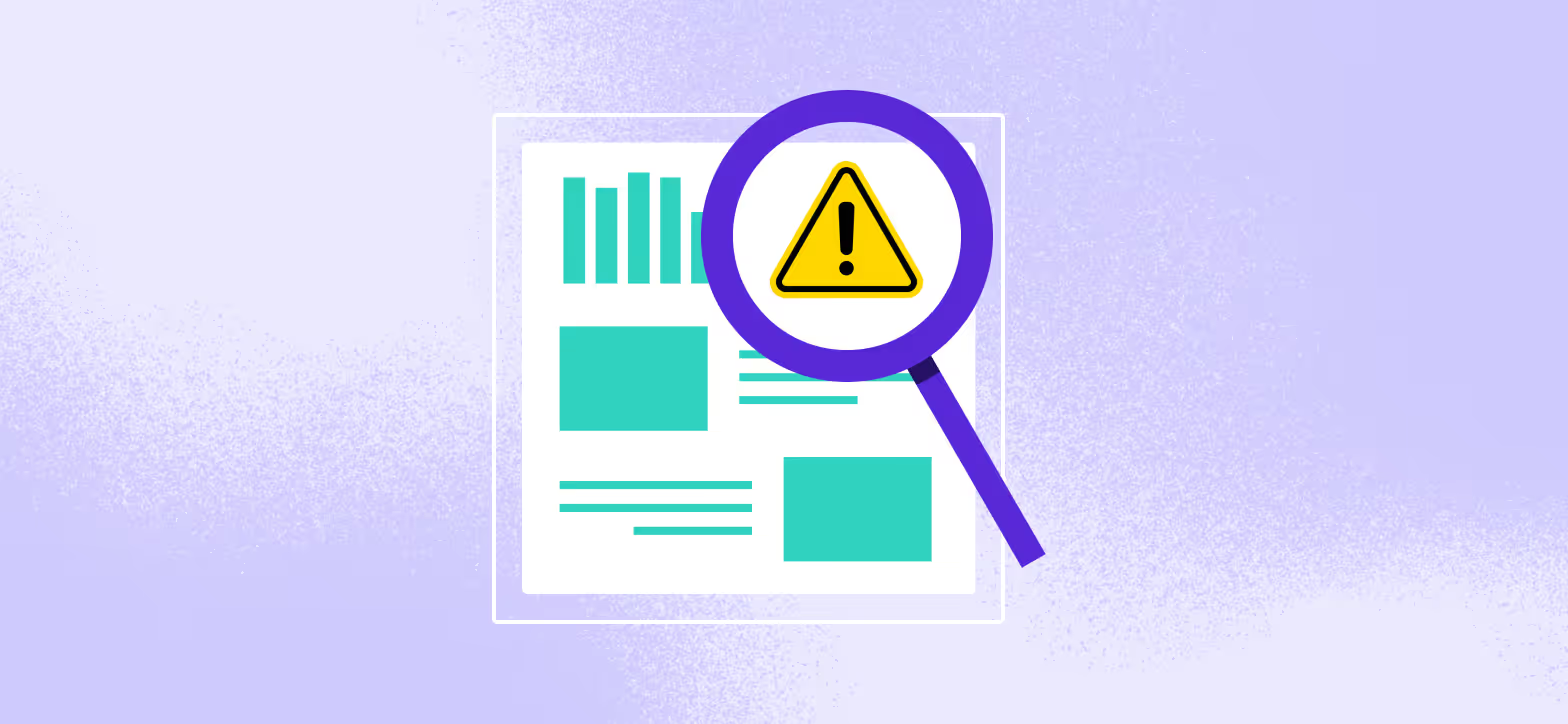Last year, the average company had over 100 core SaaS contracts. When you factor in inexpensive, non-commitment tools, that number balloons to over 300. Between the proliferation of tools, frequent mergers and acquisitions, and ever-changing functionality, the need to get all these tools under control becomes increasingly urgent.
As the race toward efficiency and profitability intensifies, companies are trying to do more with less, and optimizing costs takes the top spot on everyone’s priority list. Controlled spending allows businesses to achieve financial accuracy, forecast budgets, and promote purchasing governance. Most importantly, it’s a major determining factor in a company’s long-term success.
While most businesses know how critical cost optimization is, many don’t know where to start and how effective certain strategic levers can be. Achieving spend visibility is the first step in identifying quick wins to optimize your tech stack. Once you have proper visibility, you can take strategic action to consolidate your tooling, drive process adoption, and improve efficiency.
In this blog, we’ll discuss 10 effective levers for better cost optimization, including the expected impact of each lever and the potential difficulty of implementation to help you make strategic decisions.
1. Create (or use) a great UI to drive compliance
This lever comes first because it’s the most powerful. However, it will also take the most time to enact.
Why is the UI so critical to optimize costs? Because spend is like water. It follows the path of least resistance. Your end users want to comply with the processes, but unless they are intuitive and easy to use, stakeholders will become frustrated and seek an easier way. Often that means putting purchases on corporate credit cards and avoiding proper review.
.avif)
Compliance is critical to the bottom line, business success, and risk mitigation.
Purchases made without approvals lead to increased risk, purchases made without negotiation lead to higher prices, and contracts without review lead to sub-optimal terms.
Improving the user experience is the best way to ensure procurement compliance. It can also be made easier with cost optimization tools that help stand up and automate processes, train users, and make benchmark data easily accessible. A process and experience that’s intuitive, simple, and helpful will drive adoption and increase stakeholder trust. The ideal, scalable scenario is one in which stakeholders work with you because they want to, not because they have to.
2. Help budget owners to think like a CFO
It’s impossible to keep an eye on every single employee and hold their hand through the purchasing process. Creating a sustainable culture of accountability is a much more scalable approach to responsible spending.
How can finance leaders hold contract owners accountable? Requiring them to submit a business case for new software purchases and renewals. This helps to:
- Align cross-functionally on the problem and solution
- Ensure budget adherence
- Apply critical rationalization to every dollar of spend
- Support decision-making
- Mitigate risk
- Effectively resource plan
You can automate these steps with intelligent intake and dynamic approval workflows to drive compliance and adoption.
3. Understand your utilization
Billions are wasted on SaaS shelfware every year. Those billions could be saved by companies understanding their usage and becoming more efficient.
SaaS management tools show utilization data across all of your contracts, but if you don’t have a tool, you can request license usage data from the suppliers directly.
Many companies are tempted to cut down by simply determining whether a tool is used or not by using an SSO provider to determine the last login. While that’s a start, a much better method is to determine an acceptable ROI then restrict licenses to users who are meeting that ROI. For example, if a license is used to create videos that are shared with clients and the acceptable ROI is 5 videos per quarter, you would remove licenses from those who are below that threshold (or at least won’t commit to getting above that shredhold).
To elevate your utilization audit a step further, once you’ve identified tools that are being underused, look for duplicate and similar tools, and overutilization. From there, you have 3 options: Use it, lose it, or consolidate it.
Use it
If a tool is being overused, it may be time to negotiate a different plan so you can avoid overages. If you’re planning to migrate to one tool and get rid of another, factor that into budget planning.
Lose it
If a tool is being underutilized, investigate the reason. Perhaps end users can live without this tool or use a different solution. The quickest path to cost reduction is getting rid of a tool altogether, so look for maverick spend as the first opportunity to rightsize.
Consolidate it
Similar and duplicative tools reduce your ability to negotiate volume discounts and make tracking utilization difficult. If multiple teams are using the same tool, consider negotiating an enterprise contract. If you identify different tools performing similar functions, gather stakeholder feedback and propose a migration strategy.
4. Compare actual spend against contracted spend
Spend comparison audits dovetail with utilization audits, but capture a different picture. Comparing actual and contracted spend gives you a clear view of 3 major leakages: Overspend, rogue spend, and utilization changes.
Overspend
There are several reasons for potential overspend:
- Automatic renewals: Without automated notifications of upcoming renewals, you may miss the window of opportunity to negotiate a lower price, or miss renewals altogether. Automatic renewals also often include an uplift.
- Upgraded packages: If departments upgrade their pricing tier or service without notifying the proper stakeholders or going through the right channels, these added costs may be missed.
- Overages: If you exceed contracted usage, you may be subject to additional charges. By comparing actual and contracted spend, you can get ahead of usage and negotiate the right thresholds.
Rogue Spend
Also referred to as shadow spend or maverick spend, rogue spend refers to any unauthorized spend. Employees may be purchasing tools with company credit cards or going around the proper procedures, resulting in higher expenditures than planned.
Rogue spend often leads to duplicative tools. Identifying these creates an opportunity to consolidate, negotiate a larger license, or migrate tools.
Utilization Changes
Whether you’re facing underutilization or unexpected growth, utilization changes can reveal inefficiency and opportunities for re-negotiations. If you’re using less than what you paid for, consider downgrading your plan to eliminate unnecessary spending. If the demand for certain tools is increasing, you can adjust the contracts to match the demand, protecting you from potential overage charges in the future.
Understanding your usage also puts you in a stronger position to negotiate better pricing or terms when you’re up for renewal.
It’s recommended to run this audit annually, if not more often. This audit becomes much easier when automated so you can track key data points for every single supplier in real time and set up alerts to flag overages or discrepancies.
5. Beware of usage-based contracts
Usage-based contracts can creep up on you. Since they don’t use fixed fees, usage-based contracts can make financial planning difficult and the costs can get quickly out of hand.
As usage spikes, so do your costs, so strategically negotiating usage-based contracts is critical. Analyze your current usage and spend for these tools and if you decide to renew, use that data to better forecast future spend and hold an open conversation with suppliers. Alternatively, resellers can offer better discounts and additional support for the same tools.
6. Benchmark large deals
Pricing benchmarks give you the confidence of knowing you’re not overpaying and helps protect your bottom line.
Any deal over a certain threshold should require a benchmark to help budget, understand your target price, and gain negotiation leverage.
There are 2 ways you can benchmark software pricing:
- Unbiased third party data through a tool like Tropic
Trusted data that doesn’t allow for pay-to-play supplier bias is the surest way to check the fairness of your price with an apples to apples comparison based on your plan, add-ons, billing terms, contract size, company size, and more.
- Request for Quotation (RFQ)
This will give you a detailed cost breakdown including subscription fees, implementation fees, additional charges, and more. By collecting multiple RFQs you can directly compare pricing and services. Plus, with other detailed quotes, you’ll have stronger leverage in negotiations.
7. Be proactive
Being proactive with stakeholders and leveraging visibility to do so will ensure better control over costs.
Tracking renewal dates and understanding budgeted spend is a great way to be proactive. For example, a great metric to track is how many days prior to the need a request is submitted. I(f a stakeholder needs something purchased by July 1st and the request was submitted June 1st, that would be 30 days.) But rather than track the average days, which may be misleading, try tracking the percentage of requests created at least 120 days out (some organizations do 30-90 days). If a stakeholder submits the request prior to 120 days, you have ample time to source, look at competition, perhaps run an RFP, etc. It also dramatically increases leverage. If you’re tracking a renewal and it’s getting close to that 120 day mark, proactively reach out to get the process started.
8. Align to stakeholder goals
It can be surprising when stakeholders don’t seem to care about cost optimization the same way you do. But that’s because department’s main objective is not to drive savings or champion cost control. Product might have goals around new functionality and revenue may be focused on lead generation or customer churn.
Understand what their goals are and align your outcomes with theirs to generate value and satisfaction. For example, if you could help them source a new supplier that could increase lead generation by 20% or if you could strengthen the relationship or contract with a supplier to improve response time for when employees needed support. When stakeholders want to work with you, rogue spend decreases and controlling spend becomes much easier.
9. Create a policy
The purpose of a purchasing policy should be to educate and define. Develop a draft and gather feedback and buy-in from key stakeholders so that they are bought in to the concept. This is also an opportunity to educate users on “why” and “how” things are to be done in a certain way.
Once processes are defined, compliance can be measured against the processes. One big mistake some companies make when they create a policy is trying to employ a one-sized fits all approach. You want your policy to be able to support different circumstances. Rather than requiring spend to be reviewed by information security to decrease the risk of a breach or hack, require that only a certain type of spend (such as SaaS) has to be reviewed by INFOSEC, whereas an agreement for a room block for hotels would not.
The exception path should also be defined. You may require all suppliers to have a certain financial rating with an exception that suppliers below the threshold must be approved by a director level finance team member.
10. Leverage Technology
Dedicated spend management tools, such as Tropic, provide tremendous value to an organization by ensuring that resources are used effectively and saves your organization precious time. Notes, excel files, and processes done by email are difficult to manage, error prone, and do not scale. Leveraging technology that reminds you of upcoming events, provides a dashboard, offers insight and data, and automates workflows and approvals is the best way to activate every aforementioned lever with ease.
Improve Your Cost Optimization with Tropic
These six levers are highly effective ways to boost cost optimization. If you don’t yet have a dedicated platform to automate the processes, you may be able to perform them manually, which while time-consuming, is still an effective start.
Eager to make an impact more quickly? Tropic is the easiest way to save time, cut costs, and improve your spend management process. Book a demo today to learn how we can help you optimize costs and automate every lever.
Related blogs
Discover why hundreds of companies choose Tropic to gain visibility and control of their spend.








